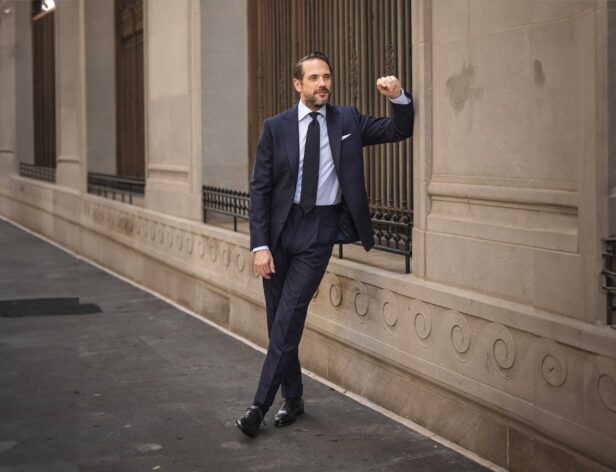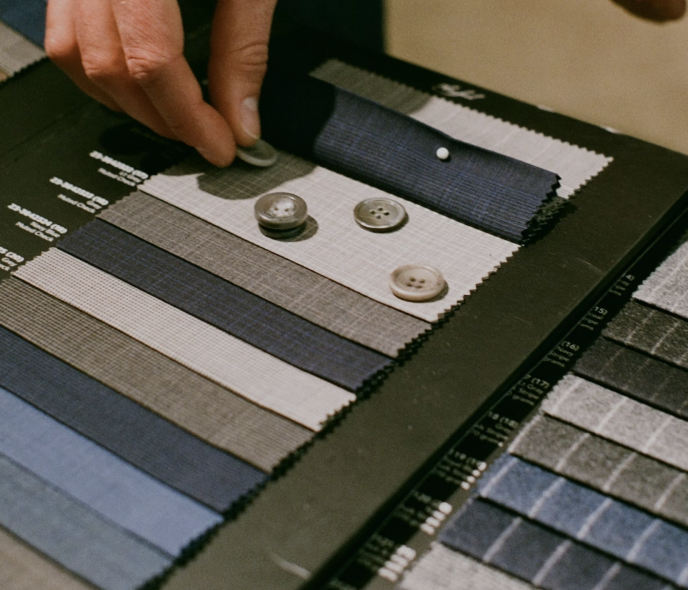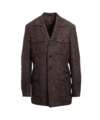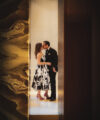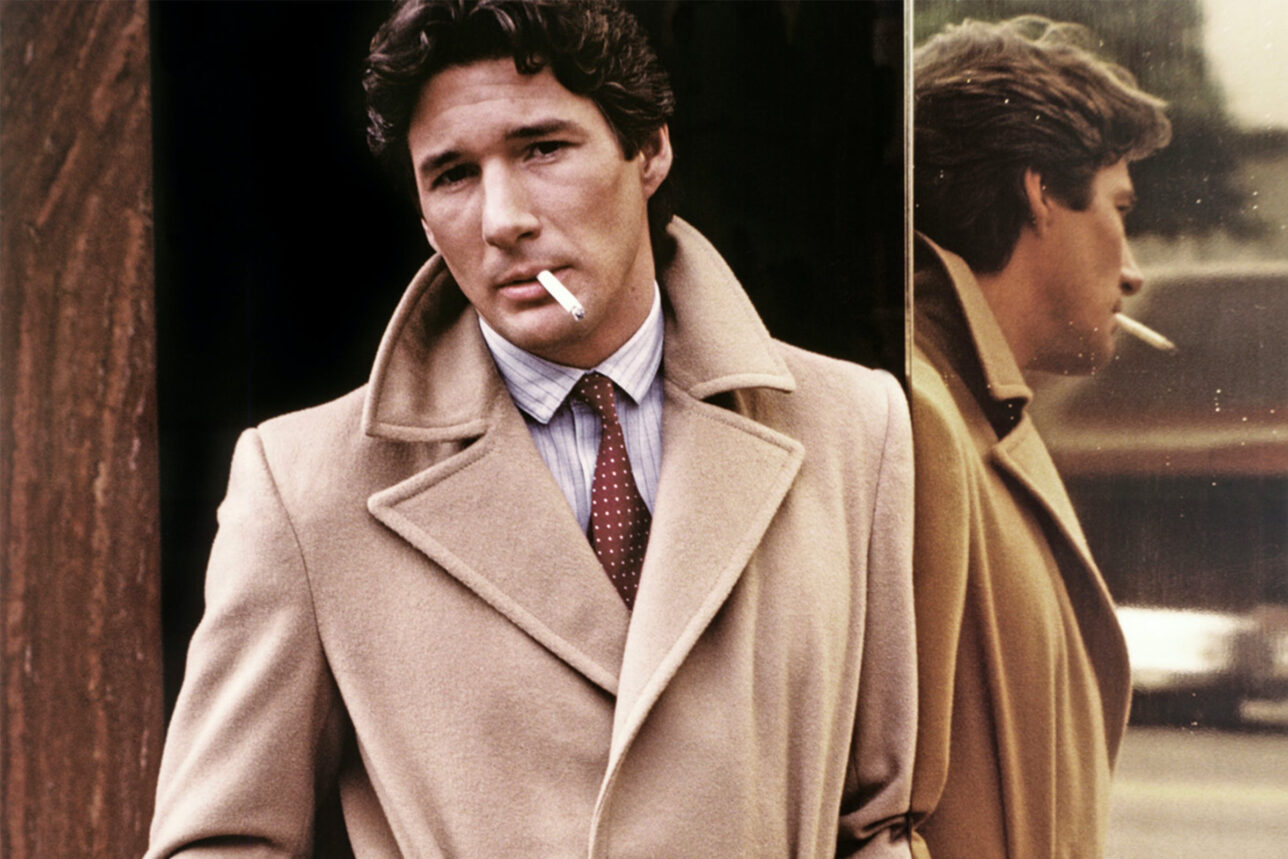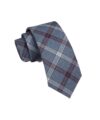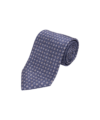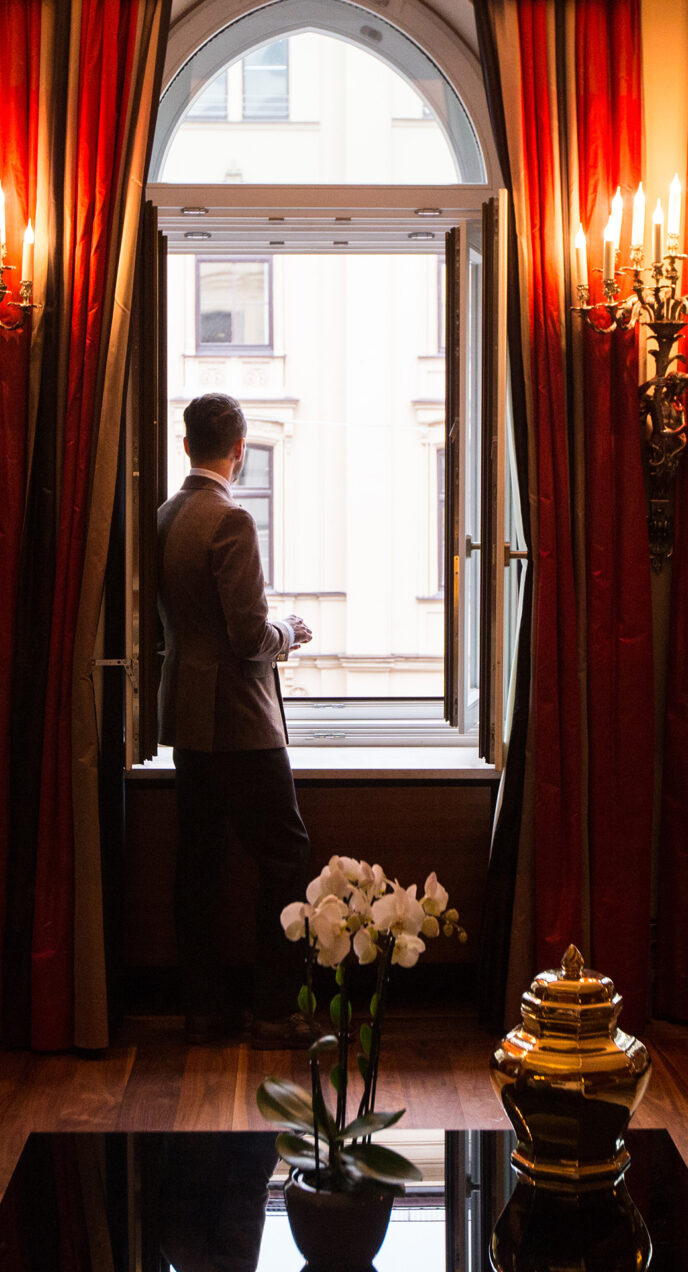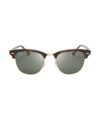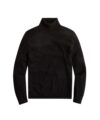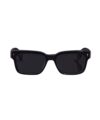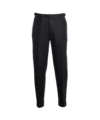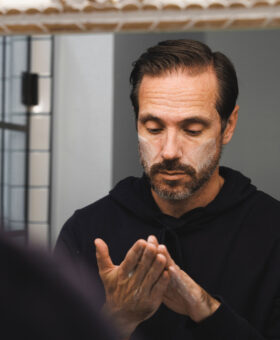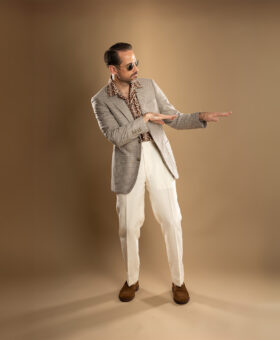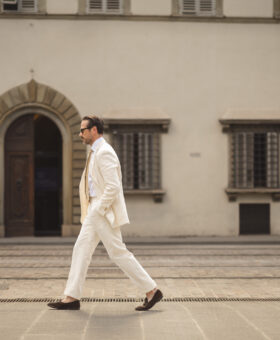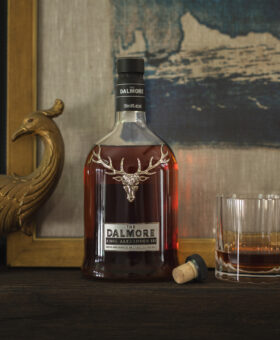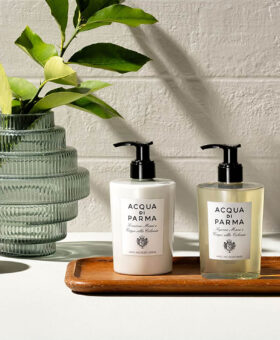

Share
Pattern mixing can add an element of sophistication to an outfit.
However, if not done well, can instead exude an air of carelessness or poor taste. Yet, there’s absolutely no need to be afraid of pattern mixing. In fact, you probably do it more than you realize with accessories like socks, ties, scarves or outerwear.
With a few simple guidelines, you can confidently add another dimension to your wardrobe as you pair items you previously considered standalone pieces due to their patterns. In this post, we’ll discuss three “rules” for pattern mixing as well as a few “advanced” tips to help you level up even more. And, please, consider these guidelines rather than hard and fast rules.
Rule No. 1: Choose Two Different Types of Patterns
Most men’s patterns fall into one of three categories: stripes, dots and checks. The first guideline is to mix two different pattern types within your outfit. Stripes with dots. Stripes with checks. Dots with checks.
If wearing a window pane sport coat, for example, consider pairing it with a striped shirt. Two items from the same pattern category often compete, rather than compliment, each other. Again, this is a guideline more than a rule and combining similar patterns . Allowances here will largely depend on the types of pieces, types of patterns, materials, setting, colors, the rest of the ensemble, etc. If you go beyond pulling two patterned pieces together, the guideline still holds.
A great example of this? American Gigolo. Here, Richard Gere looks perfect in this striped shirt and dotted tie. It takes his character’s classic style to the next level.
Rule No. 2: Vary Pattern Size & Scale
It’s typically best to pick one piece with a larger pattern size and another with a smaller pattern. This allows the patterns to complement rather than compete and gives an outfit more depth. The smaller pattern may only be noticeable upon closer inspection with the larger pattern easily seen from a distance.
Consider this gentleman captured in our recent Pitti Uomo street style series where the large checks of his jacket immediately capture the eye and it isn’t until closer inspection that the striped shirt becomes apparent. I know we are talking patterns here, but he also does an excellent job of complimenting colors. It is a look that could go very wrong very quickly, but just works.
Rule No. 3: One Bold, One Subtle
This, once again, comes back to balance and finding pieces that compliment each other rather than compete. Wearing multiple patterns already increases the interest level of an outfit and wearing two bold patterns is likely going to be overwhelming. Larger patterns, although are often the boldest, aren’t always. Consider color, contrast, and where they are featured in an outfit as well.
Another example here, also spotted in Pitti Uomo, is this gentleman’s checked scarf. It actually is given space to stand out from the striped shirt and herringbone overcoat.
Let’s pause here to consider our three guidelines with this look from Lane Pryce in Mad Men.
Lane actually wears stripes, checks and dots all in this one outfit so we’ll give him credit for not double dipping in any single category. The checked pattern of his waistcoat is large, the dots on his tie medium-sized and the stripes on his jacket thinner. Finally, the tie pattern makes for a bold, stand-out piece while the pattern in the jacket is quite subtle. The waistcoat is somewhere in between. In a more subdued outfit, this pattern would stand out more, but within this outfit it plays a secondary visual role quite well.
These three guidelines will serve you well and get you out of the house looking good while wearing multiple patterns. Those are the three things I recommend keeping in mind all of the time, but I also want to share a few tips that might be helpful from time to time.
Tip No. 1: Fabric Can Add A Pattern-Like Element
Corduroy, knit ties, tweed and twill can add similar visual interest to an outfit, typically in a more understated way. Consider pairing a fabric with more depth with a patterned piece to see how they work together. I like how the bold, sharp, colorfully patterned tie worked with the softer, subtler tweed in this brown suit.
Tip No. 2: Pattern Real Estate Matters
It’s often a little easier to pull in an additional pattern when worn on a piece that doesn’t dominate the silhouette. This could be accessories like ties, scarves, hats or socks, but it could also be a shirt or sweater underneath another layer. Either way, these pieces can allow solids to anchor the outfit. Think of it like adding playful throw pillows to a sofa vs. the sofa itself being loud.
Take this double-breasted brown suit outfit I put together for a business setting, which might not be the first place you think of for wearing multiple patterns. It works because neither pattern dominates the outfit which keeps the overall look from becoming too casual or distracting.
And, yes, I didn’t follow my own guideline number one here, but the difference in scale of the two patterns, and checked detail in the fabric of the tie made me feel comfortable with it. Guidelines not rules! And, actually, here’s a little tutorial on how to combine similar patterns.
Tip No. 3: Pick A Color, Any Color
Colors certainly do not need to be the same across patterns (difference in colors, in fact, was one reason I paired the two stripes above), but sometimes it can be helpful and provide a different type of opportunity.
Consider the classic navy blue twill suit and complementing shades of blue across the shirt, tie and pocket square in this look. Complementary colors soften the look of different patterns and help to tie them together.
The Bottom Line
In conclusion, by engaging in some simple pattern mixing you may find new looks within your current wardrobe. Use our guidelines to try some things out and practice. Trust your gut on what looks and feels right so you can be comfortable and confident in what you wear.
Thanks, as always, for reading.
